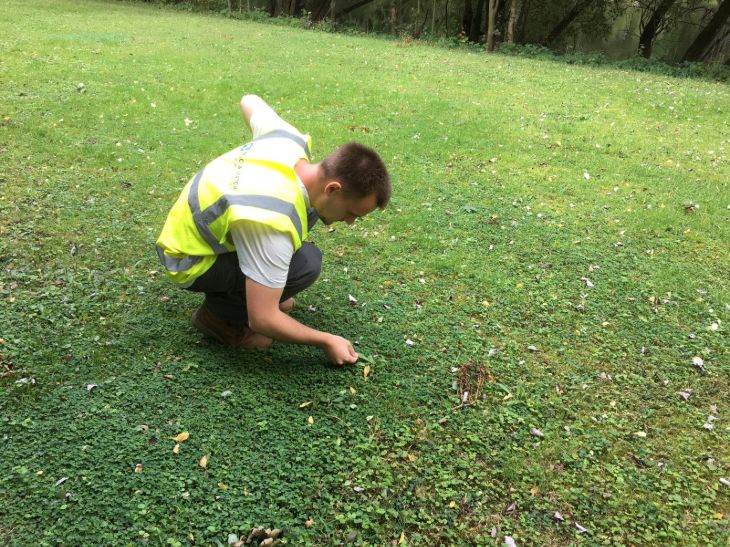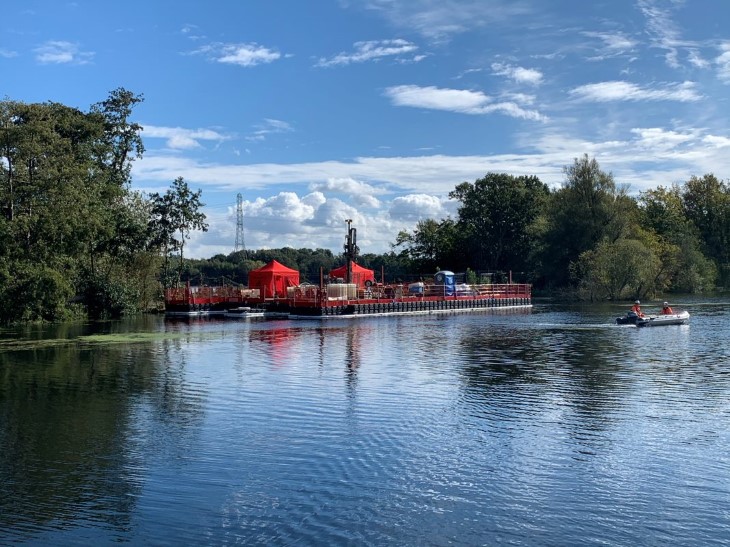Protecting the environment
Published: 27 February 2023
In developing a scheme of this size, we have to consider many different factors. This includes the environmental impact of our proposals. To do this we undertake surveys and modelling work which are currently ongoing. The results of this work will go into producing a Preliminary Environmental Impact Report (PEIR) which will identify any environmental effects (good and bad) and provide possible solutions.
The PEIR will be based on the information we have at the time. This information will be available in more detail at our next consultation once the work has been completed.
After the next consultation, we will complete an Environmental Impact Assessment (EIA). The EIA will look at the current environment along the route of the scheme and assess what impact construction and operation will have. It will look at ways to reduce any significant impact and how the scheme can improve the local environment.
The results of this will be provided in an Environmental Statement. This will likely look at the impact of the scheme on landscape, cultural heritage, ecology, noise, water environment, people, natural resources, soils and geology, waste, traffic and transport, and air quality. The Statement will be provided as part of the Development Consent Order (DCO) application to inform the planning decision.
The Environmental Statement will likely look at the impact of the scheme on:
- Landscape
- Cultural heritage
- Ecology
- Noise
- Water environment
- People
- Natural resources, soils and geology
- Waste
- Traffic and transport
- Air quality

Environment Field ecologist identifying grass species
Surveys
As part of our work to manage our environmental impact we have been carrying out ecological and environmental surveys. A range of species have been targeted in these surveys, including bats (and their roosts), water voles, breeding birds, otter, great crested newts and species of reptiles. We have also been undertaking archaeological surveys.
Most Environment Agency surveys are non-intrusive. We observe, measure, and take notes and photographs, and we may need to take soil or water samples. These surveys don't cause any significant disturbance to the environment or to land or property.
All work is carried out under the supervision of either our consultant engineers or a member of Environment Agency staff, in accordance with an agreed method statement.
We also carry out waste sampling and gas monitoring at several locations. This helps us understand the impact of any excavated landfill sites.
Since early September 2022, we have been carrying out sampling of the riverbed and wider scheme area to check for possible contaminated sediment. We expect this work to be completed in May 2023. We are working closely with our Waterways team to manage and minimise any disruption to river users.
Scheme wide sediment sampling
Through Autumn 2022 to the end of Spring 2023 we will be carrying out sediment sampling in areas where sediment disturbance could be caused. The data we collect will help us assess the potential effects of the scheme on the environment and help develop measures that can be implemented to avoid and reduce any impacts of the work.
The information we collect will also help us decide what monitoring methods may be needed during work and help inform whether we could reuse the soil we take from the riverbed.
The sampling area will run from Egham Hythe to Teddington Lock and includes a number of watercourses around and on the River Thames.
The work will mainly involve vibrocore sampling and cable percussion drilling from a floating platform. We will also use grab sampling, hand dug pits and laboratory testing for geo-environmental purposes.
We will also be carrying out waste sampling and gas monitoring at a number of locations.

Cable percussion rig on a pontoon at Hampstead Heath
Document history
Published: 27 February 2023
Updated: 27 February 2023
